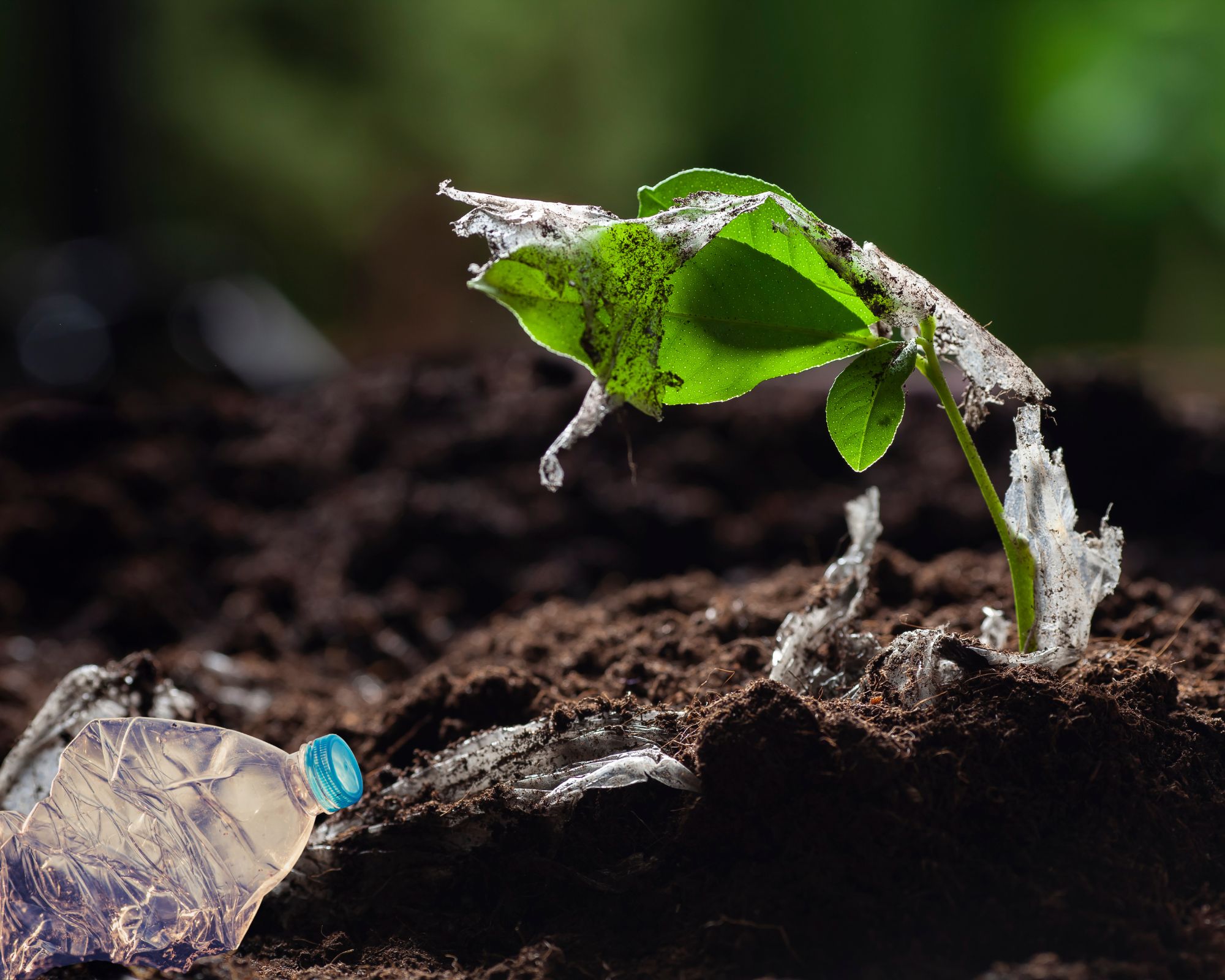Summary:
-
Plastics are used a lot in agriculture, from seeds that are covered in plastic to protective covers that change the temperature of the soil and stop weeds from growing on crops.
-
Additionally, microplastics, like those found in some fertilizers, have an effect on human health when they enter human systems through the food chain.
-
Fertilizers made from organic materials, such as manure, are currently the single-largest cause of microplastic pollution in soil.
-
Although some bio-based polymers may be as harmful as those made from fossil fuels, bio-based polymers are not always biodegradable, and their cost is still a concern.
-
The authors of the report suggest using so-called “cover crops,” which protect the soil and are not intended for harvesting.
Plastics are used a lot in agriculture, from seeds that are covered in plastic to protective covers that change the temperature of the soil and stop weeds from growing on crops.
These synthetic elements are also, on purpose, put into the biosolid fertilizer that is used on fields and in irrigation tubes, sacks, and bottles.
impacts on biodiversity and health
All of these things have helped increase crop yields, but research shows that there is more and more evidence that degraded plastics are contaminating the soil and hurting biodiversity and soil health.
Additionally, microplastics, like those found in some fertilizers, have an effect on human health when they enter human systems through the food chain.
Professor Elaine Baker of the University of Sydney, who helped write the report, says that there is only a limited amount of land that can be used for farming. “We are starting to understand that the buildup of plastic can have big effects on soil health, biodiversity, and productivity, all of which are important for making sure our food supply is safe.”
Microplastics come in many different shapes, colours, and chemical make-ups. They can be fibres, pieces, pellets, flakes, sheets, or foam.
Plastic affects everything
According to UNEP’s scientists, large pieces of plastic can eventually shatter into smaller particles that seep into the soil and are less than 5 mm long.
These tiny pieces of plastic have the potential to change the way the groundworks function and make them less able to hold water. They can also hurt plants by making it harder for their roots to grow and take in nutrients.
Fertilizers made from organic materials, such as manure, are currently the single-largest cause of microplastic pollution in soil.
The manure is mixed with the same plastic microspheres that are often found in soaps, shampoos, and other beauty products, even though these can be cheaper and better for the environment than the fertilizers made today.
While some nations have outlawed these microspheres, other microplastics still find their way into our waterways through things like used cigarette filters, tyre parts, and synthetic fibres.
Now what?
According to the study, efforts are being made to make polymers used in agricultural products more biodegradable.
Although this isn’t always the case, some protective films that are used to stop moisture loss are increasingly being marketed as entirely biodegradable and compostable.
Although some bio-based polymers may be as harmful as those made from fossil fuels, bio-based polymers are not always biodegradable, and their cost is still a concern.
The authors of the report suggest using so-called “cover crops,” which protect the soil and are not intended for harvesting.
These natural remedies can get rid of weeds, fight diseases in the soil, and make the soil more fertile, but the UNEP warns that there are concerns that they could hurt harvests and raise costs.
“None of these fixes is a miracle cure. Ms. Baker says that it is hard to promote alternatives because plastic is easy to get and cheap.
The expert does, however, recommend that countries “disincentivize” the use of plastics in agriculture, like the European Union did when it banned the use of some types of polymers in fertilizer earlier this year.
“Now is the time to take the precautionary approach and find focused solutions to stop the flow of plastic from its source and into the ecosystem,” the Australian expert said.
Analysis by: Advocacy Unified Network

